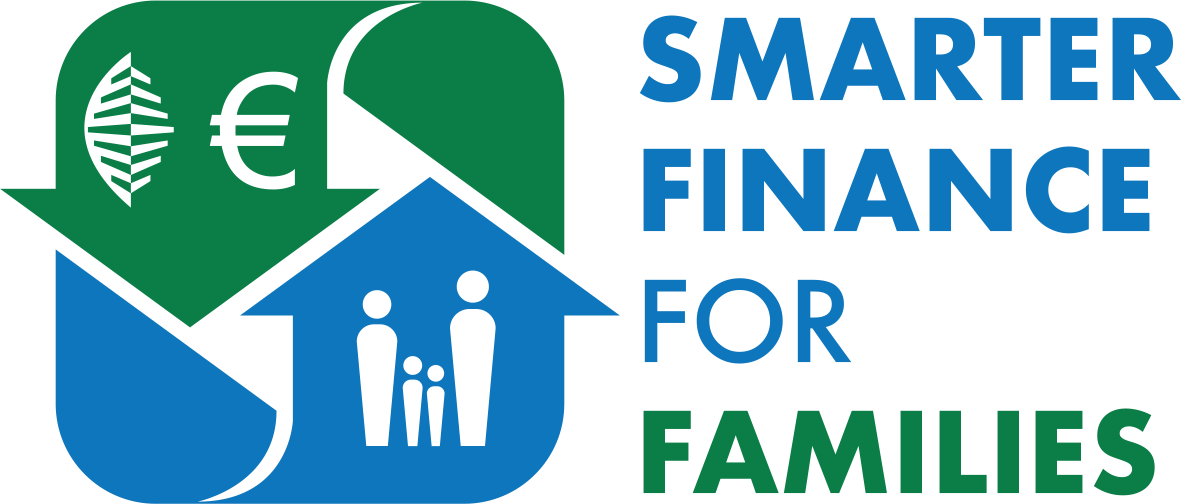Climate-related and physical transition risks expose financial institutions to potential stranded assets across a wide range of sectors in the global economy. The Network for Greening the Financial System, which consists of 68 Central Banks, has developed supervisory expectations around climate risks as well as a suite of climate scenario practices and climate stress tests to address macro-financial systemic risk and idiosyncratic financial institution solvency. While a preliminary scope of datasets, models and tools has been deployed, the NGFS cites many challenges to the emerging discipline of climate scenario analysis in the financial sector, including: the availability of consistent, comparable, and trusted data; adequate resources to conduct analysis; lack of standards and norms that hinder the use and flow of data; inadequate transparency into data and methods used thereby compromising trust among users; and rudimentary internal capabilities to analyse and interpret data falling short of decision-useful analytics. The collection of case studies contains multitudes of examples of environmental risk analysis in practice, with chapters written by a broad scope of experts and practitioners.
Link to resourceShare this
Sector: Finance
Country / Region: Global
Tags: climate predictions, climate risk analysis, climate risks, environmental risks, global climate, lack of standards, risks, SMARTER, stranded assets, transparencyIn 5 user collections: Green Home Investment Platform – Industry Regulators , Green Home Investment Platform – National Regulators , Green Home Investment Platform – Supranational Regulators , Green Home Investment Platform – Institutional Investors , Green Home Investment Platform – Banks
Knowledge Object: Web Resource
Publishing year: 2020
Author: Ma Jun, Frank Elderson

